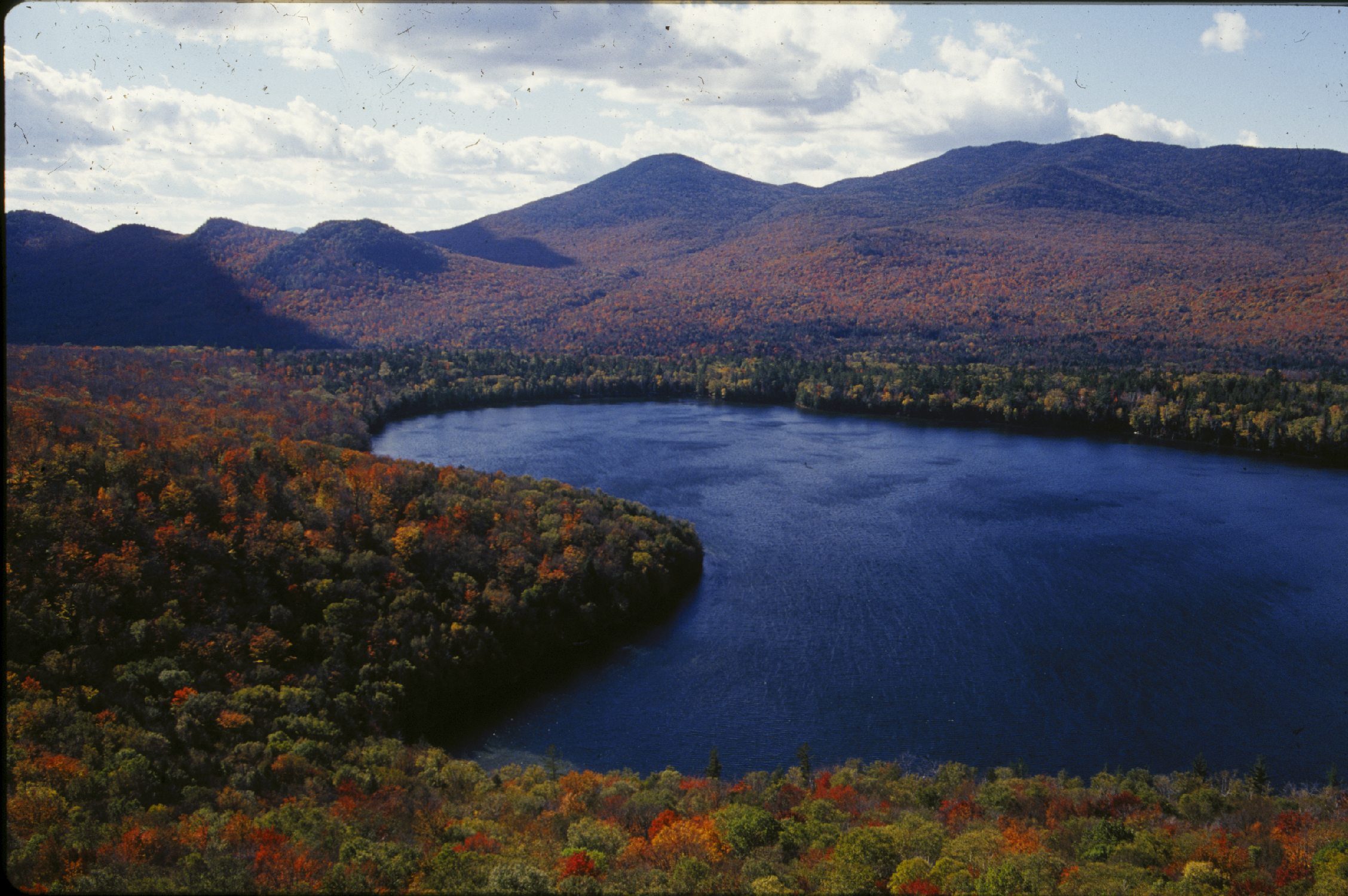As you begin to see some of the trees showcase their beautiful fall colors, have you ever wondered why the leaves are changing into brilliant reds, fiery oranges, deep purples, and hues of yellow? The reason is due to a chemical change in the tree as it has made enough energy throughout the summer to last through an Adirondack winter and prepares itself for the colder months ahead.
Trees get their energy in the form of carbohydrates and sugars through a process known as photosynthesis. For photosynthesis to occur, the tree needs sunlight and chlorophyll, which is the green we see in the tree’s leaves during the summer months. As the nights get cooler and the days get shorter during late summer into fall, the chlorophyll begins to break down, and the green color of the leaves disappears. As this occurs, the other pigments that are always existent in the leaf begin to show. (Lucky for us!)

Weather plays a major role in affecting the vibrancy each fall. For instance, an early frost will weaken the intensity of reds while rainy and overcast days tend to increase the greatness of colors seen.
There are other chemical processes that also occur during this time. Where the leaf attaches to the tree, a layer of cells develops to eventually separate the leaf from the tree. At the same time, the tree also produces cells to heal where the leaf is severed from, leaving behind a leaf scar.
Here’s to the splashes of color seen across the Park’s beautiful landscapes this fall!



